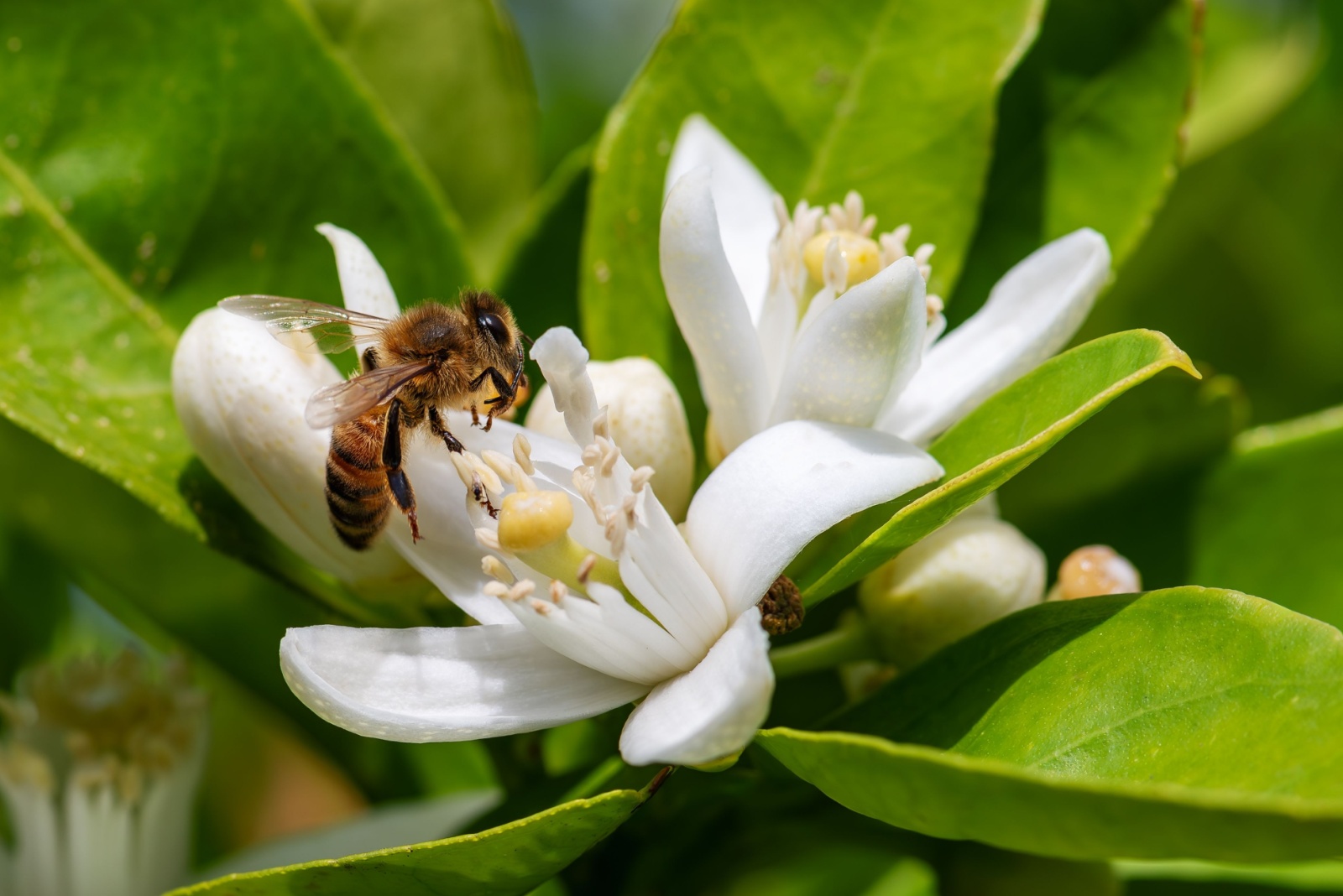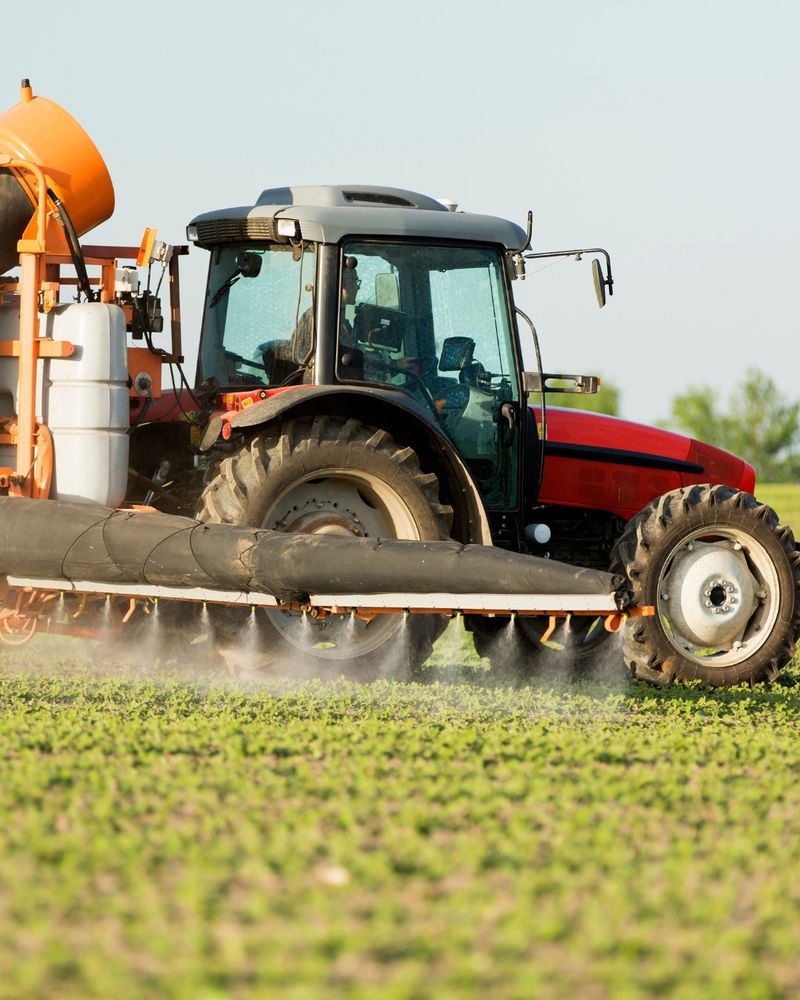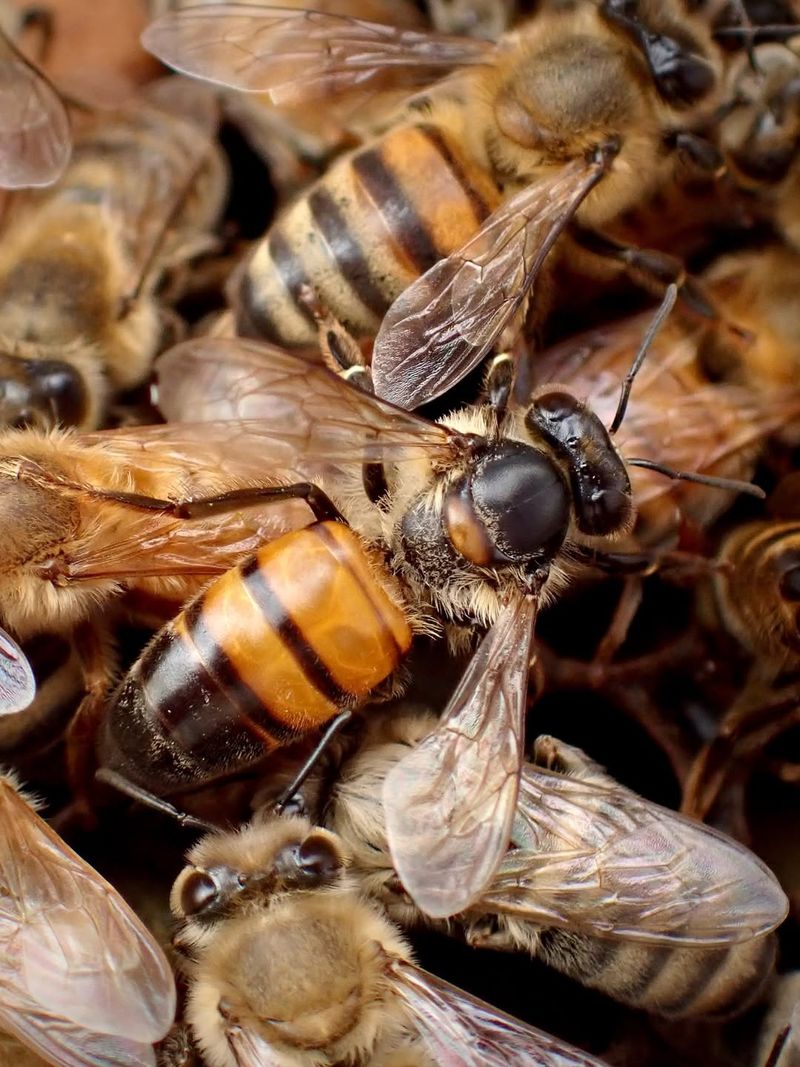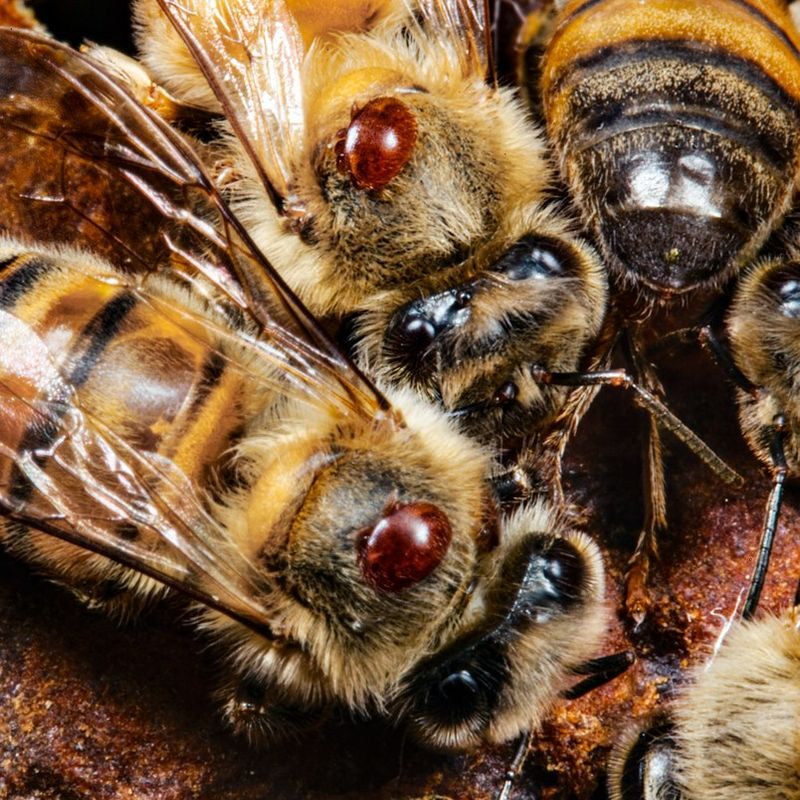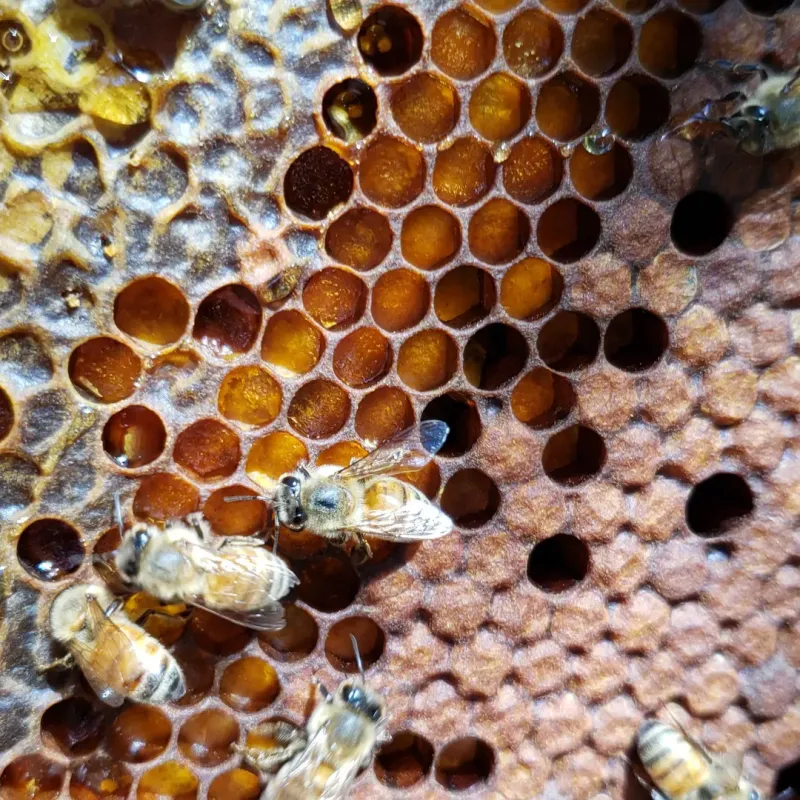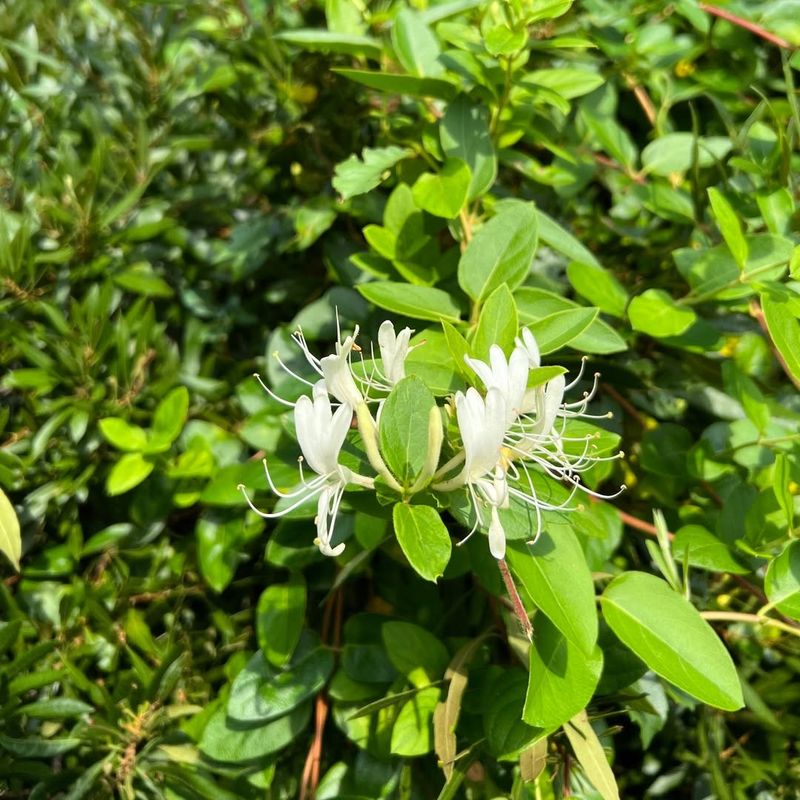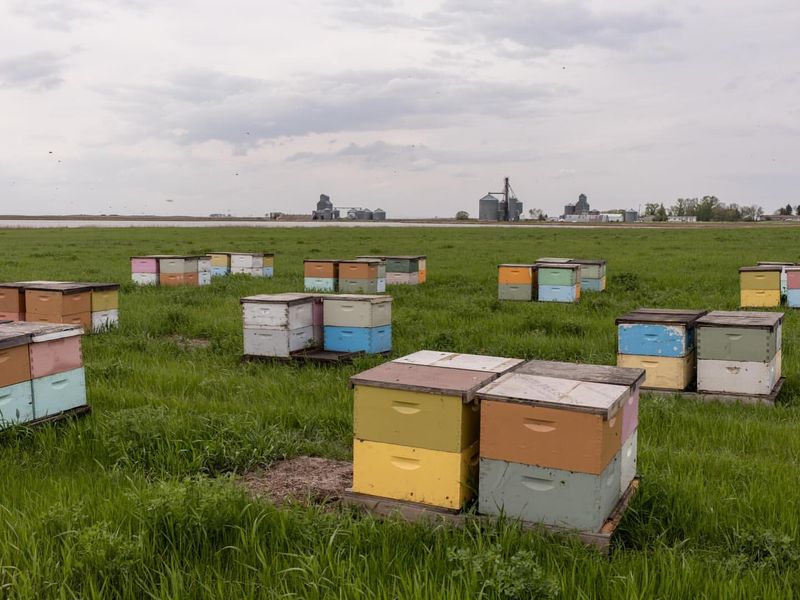Something’s buzzing in Arkansas—and it’s not good news. Bee populations are plummeting, and the ripple effect could sting more than just our gardens.
From pesticides to vanishing wildflowers, here are seven reasons our state’s pollinators are in peril.
1. Pesticide Use In Agriculture
Farmers across Arkansas rely heavily on chemical pesticides to protect their crops from harmful insects. Unfortunately, many of these chemicals don’t discriminate between pests and beneficial pollinators like bees.
Neonicotinoids, a common pesticide type, can confuse bees and damage their ability to navigate back to their hives. Even small amounts of exposure can weaken entire colonies over time.
When bees visit treated plants, they carry contaminated pollen back home, poisoning their young and queen.
2. Loss Of Natural Habitats
Wild bees need diverse flowering plants and safe nesting sites to survive and thrive. As Arkansas continues to develop land for housing, shopping centers, and large-scale farming, these natural spaces are vanishing rapidly.
Without wildflower meadows and forest edges, bees struggle to find enough food throughout the seasons. Many native bee species nest in dead wood, bare soil, or plant stems that disappear when land gets cleared.
Habitat loss forces bees into smaller areas with fewer resources.
3. Climate Change Effects
Arkansas has experienced more extreme weather patterns in recent years, including unexpected freezes, intense heat waves, and prolonged droughts. Bees depend on predictable seasonal patterns to know when flowers will bloom and provide nectar.
When temperatures fluctuate wildly, plants may flower too early or too late for bees to use them effectively. Extreme heat can also make it difficult for bees to regulate hive temperatures.
Drought conditions reduce the number of flowering plants available for feeding.
4. Varroa Mite Infestations
Imagine tiny vampires latching onto bees and slowly draining their life away. Varroa mites are parasites that attach to adult bees and their developing young, feeding on their blood and weakening their immune systems.
Infested colonies become more vulnerable to diseases and viruses that spread quickly through the hive. Beekeepers in Arkansas constantly battle these destructive mites, but they reproduce rapidly and have developed resistance to many treatments.
A single untreated hive can collapse within months from mite damage.
5. Disease And Viruses
Bee colonies face numerous bacterial, fungal, and viral diseases that can wipe out entire populations. American foulbrood, a bacterial infection, destroys bee larvae before they can mature into adult workers.
Viruses like deformed wing virus prevent bees from flying properly, making them unable to gather food or defend the hive. Poor nutrition and stress from other environmental factors make bees more susceptible to getting sick.
Once disease enters a hive, it spreads quickly through close contact among thousands of bees.
6. Invasive Plant Species
Non-native plants like kudzu and Japanese honeysuckle have taken over large portions of Arkansas landscapes. While some invasive species produce flowers, they often don’t provide the same nutritional value as native plants that bees evolved alongside.
Invasive plants can quickly dominate an area, choking out the diverse native wildflowers that bees need for balanced nutrition. Different bee species have specialized relationships with specific native plants that invasive species can’t replace.
Monocultures of invasive plants create food deserts for specialized bee species.
7. Reduced Genetic Diversity
Many commercial beekeepers breed bees for specific traits like honey production or docile behavior. While this creates easier-to-manage hives, it dramatically reduces genetic variety within bee populations.
Limited genetic diversity makes entire populations vulnerable to the same diseases, parasites, and environmental stresses. Wild bee populations naturally have more genetic variation, which helps some individuals survive challenges that kill others.
When all bees share similar genetics, a single threat can devastate them all simultaneously without resistant survivors.

